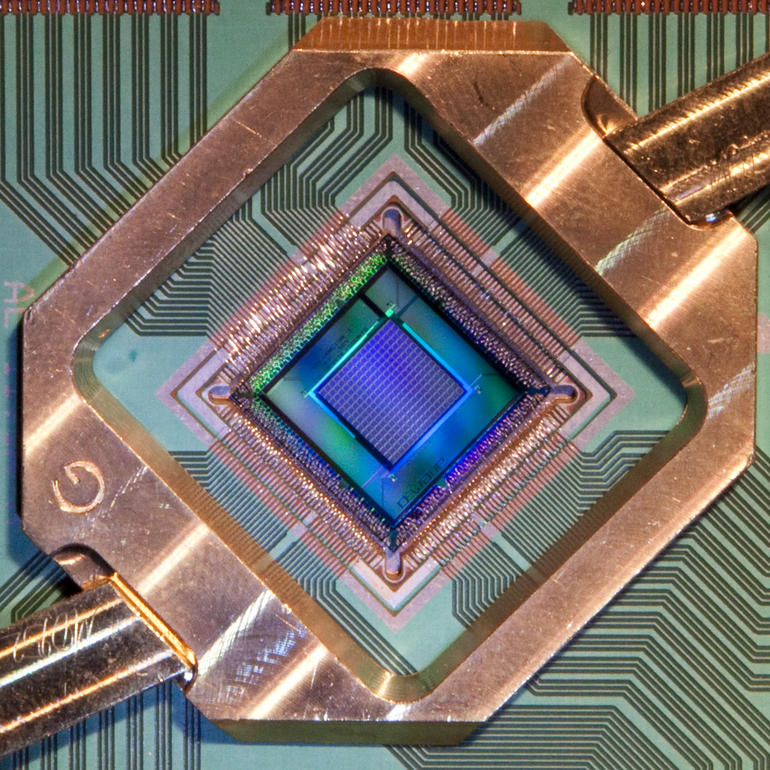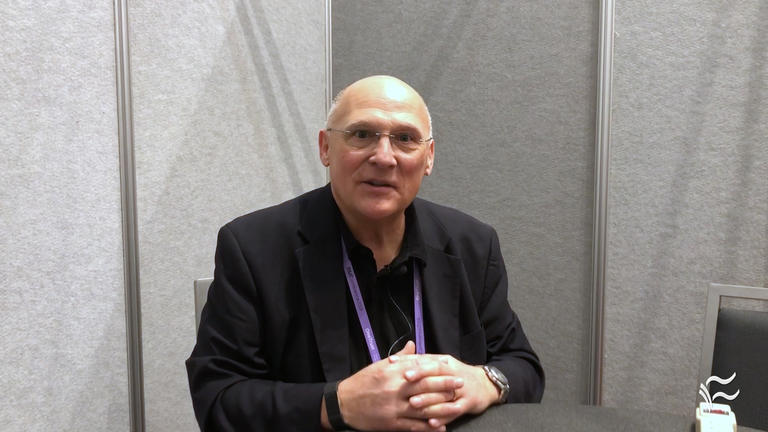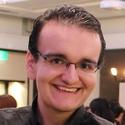D-Wave's lower-noise quantum annealer is a step toward the company's next-generation platform, expected in 2020.
This week, Quantum computing firm D-Wave Systems announced a revised version of the 2000Q quantum annealer that aims to reduce noise. The revised D-Wave 2000Q is available immediately in the D-Wave Leap quantum cloud service, though it is not available for on-premises deployment—the manufacturing refinement that enabled this will be used for the company's next-generation platform.
The effects of noise on quantum computers can be highly detrimental, even in small quantities. Computations on current quantum hardware are limited by a relatively short coherence time—the amount of useful operational time in a calculation before information is lost—and circuit depth, which measures the number of sequential operations that can be performed.
The lower-noise 2000Q "improved performance, precision, and impact on quantum effects by reducing environmental noise in quantum annealing systems," according to a press release, which also touts a 25x speedup when using the lower-noise 2000Q compared to the previous model for a spin-glass simulator, published last July in Science.
SEE: Building an effective data science team: A guide for business and tech leaders (free PDF) (TechRepublic)
Reducing noise in quantum computers is the second of three optimizations on D-Wave's roadmap to the launch of the next-generation platform. In February, D-Wave previewed a new topology design, called Pegasus. This new design, like the current-generation Chimera design, utilizes qubits arranged vertically and horizontally. These are connected using internal couplers that connect qubits with opposite orientations, and external couplers that connect qubits that are in the same row or column. Pegasus adds odd couplers to the design, "connecting parallel qubit pairs in adjacent rows or columns."
The next-generation platform is anticipated to increase qubit counts; likewise, D-Wave's press release indicates an "expansion of hybrid software and tools that will come to market between now and mid-2020."
For more on quantum computing, learn how a new manufacturing technique could create scalable quantum computers, and how helium shortages will impact quantum computer research.
Also see
- 3D printing: A cheat sheet (TechRepublic)
- Five ways to upgrade your Raspberry Pi (TechRepublic download)
- Flash storage: A guide for IT pros (Tech Pro Research)
- How to securely erase hard drives (HDDs) and solid state drives (SSDs) (ZDNet)
- Best 2-in-1 laptops, convertibles, and hybrid laptops for business 2018 (ZDNet)
- Best cell phone trade-in options for iPhones and Android phones (CNET)
- Clean out junk files in Windows 7, 8.1, and 10 (Download.com)
- Raspberry Pi: More must-read coverage (TechRepublic on Flipboard)










